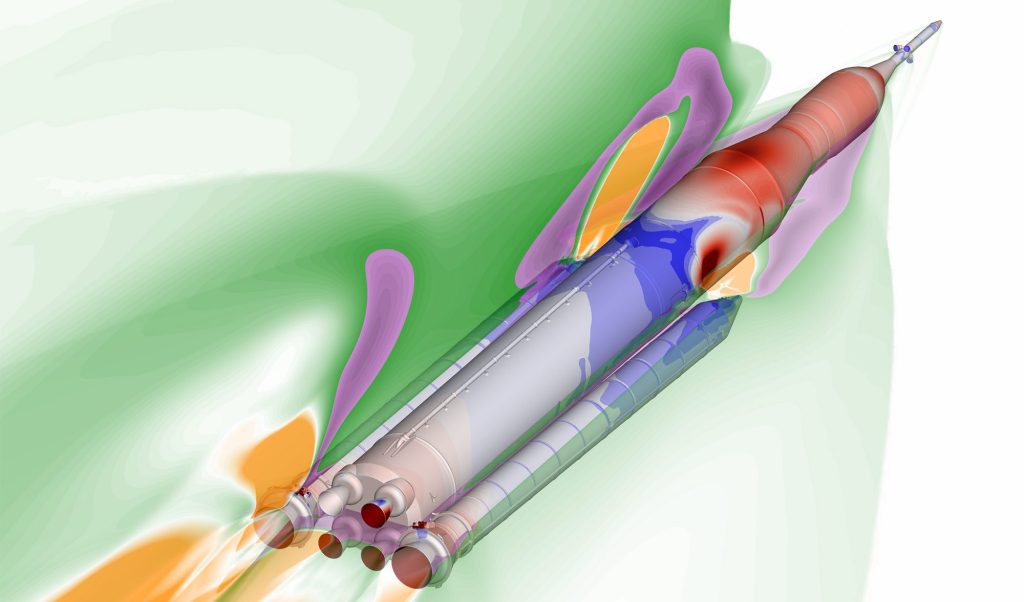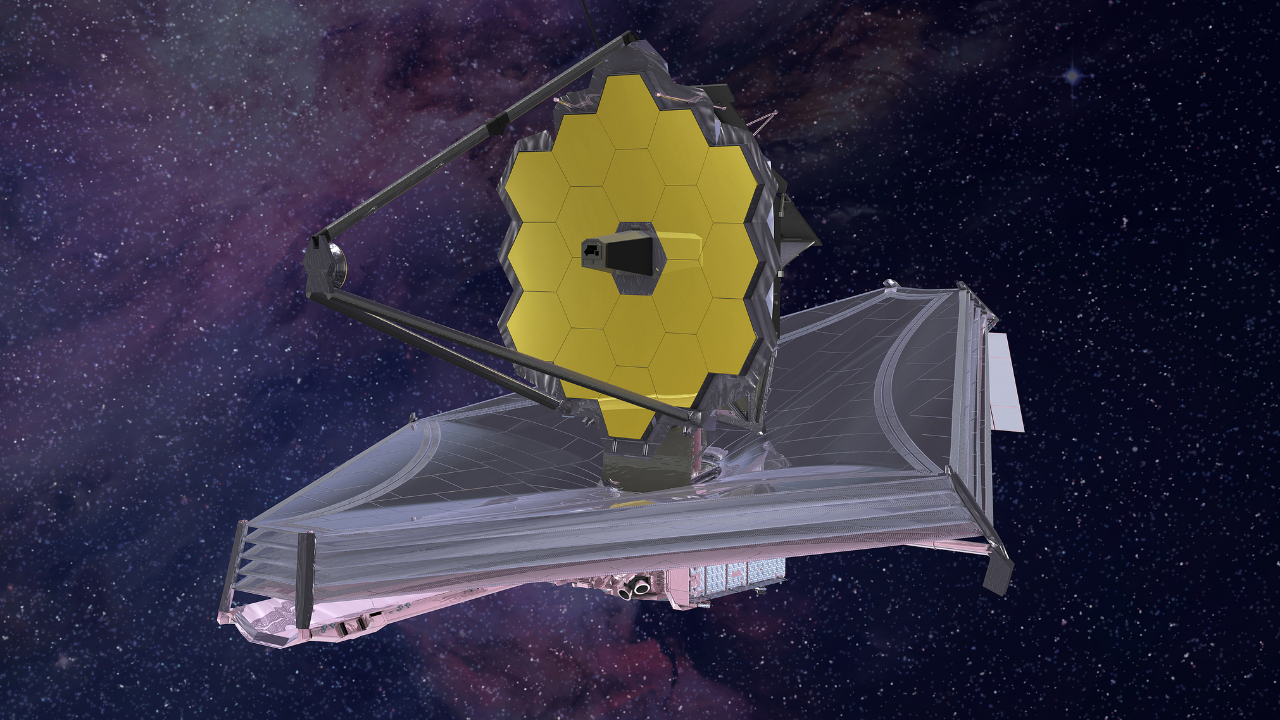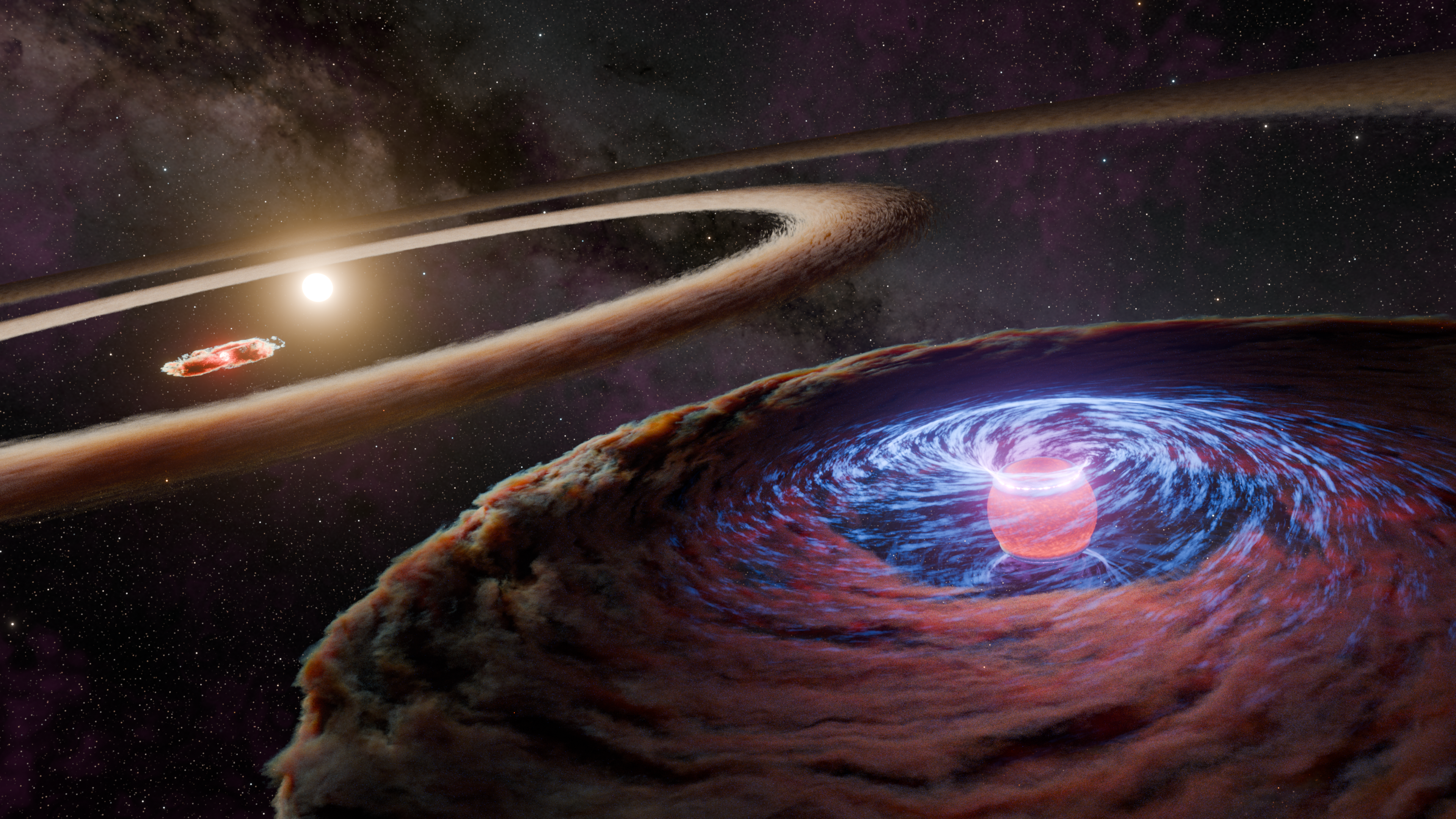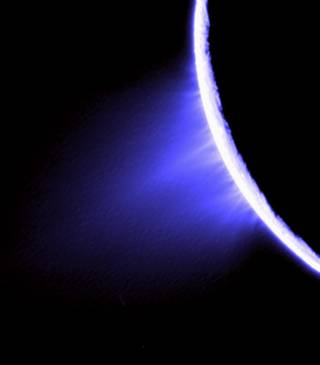9 min read
Earth-sized planets: The newest, weirdest generation
A bumper crop of Earth-size planets huddled around an ultra-cool, red dwarf star could be little more than chunks of rock blasted by radiation, or cloud-covered worlds as broiling hot as Venus.
Or they could harbor exotic lifeforms, thriving under skies of ruddy twilight.
Scientists are pondering the possibilities after this week’s announcement: the discovery of seven worlds orbiting a small, cool star some 40 light-years away, all of them in the ballpark of our home planet in terms of their heft (mass) and size (diameter). Three of the planets reside in the “habitable zone” around their star, TRAPPIST-1, where calculations suggest that conditions might be right for liquid water to exist on their surfaces—though follow-up observations are needed to be sure.
All seven are early ambassadors of a new generation of planet-hunting targets.
Red dwarf stars—also called “M-dwarfs”—outnumber others, including yellow stars like our sun, by a factor of three to one, comprising nearly 75 percent of the stars in our galaxy. They also last far longer. And their planets are proportionally larger compared to the small stars they orbit. That means small, rocky worlds orbiting the nearest red dwarfs will be primary targets for new, powerful telescopes coming online in the years ahead, both in space and on the ground.
“The majority of stars are M-dwarfs, which are faint and small and not very luminous,” said Martin Still, program scientist at NASA headquarters in Washington, D.C. “So the majority of places where you would look for planets are around these cool, small stars. We are interested in the nearest stars, and the nearest stars are mostly M-dwarfs.”
But these are sure to be perplexing planets, with strange properties that must be teased out by careful observation as well as computer simulations. Finding out whether they can support some form of life, and what kind, likely will keep astrobiologists working overtime, perhaps attempting to recreate in the laboratory some of the conditions on these red-tinged worlds.
“We’re definitely all working overtime now,” said Nancy Kiang, an astrobiologist at NASA’s Goddard Institute for Space Studies in New York City.
Expert opinion on whether red dwarf planets are suitable for life tends to tick back and forth, “like a pendulum,” said Shawn Domagal-Goldman, a research space scientist at NASA’s Goddard Space Flight Center in Greenbelt, Maryland.
“We’ve come up with these theoretical reasons why such a planet might struggle to be habitable,” he said. “Then we look at those theoretical concerns with a little bit more detail, and find out it’s not that big of a concern. Then some other theoretical concern crops up.”
At the moment, the pendulum is ticking back toward lifelessness. Recent findings suggest life would have an uphill battle on a planet close to a red dwarf, largely because such stars are extremely active in their early years—shooting off potentially lethal flares and bursts of radiation.
TRAPPIST-1d is one of seven Earth-sized planets in the TRAPPIST-1 system, and one of three in the habitable zone. About 40 light-years from Earth, TRAPPIST-1 is a red dwarf star or M dwarf. While this third planet is at a distance from its star suitable for liquid water, it orbits close enough to its star to endure potentially life-harming solar flares. In this artist's illustration, the rocky planet is shown with water in a thin band along the terminator, dividing the day side and night side.
These youthful tantrums would go on for quite some time. Red dwarfs smolder at much lower energy than our sun, but live much longer, perhaps with lifespans in the trillions of years—longer than the present age of the universe. Our sun is expected to burn out after shining for something on the order of 10 billion years; we’re about halfway through its lifespan.
The exact age of the TRAPPIST-1 star is unknown, but scientists believe it is at least 500 million years old, or about one-tenth the age of our 4.5-billion-year-old sun.
Red dwarfs could take their first billion years just to calm down enough to allow any nearby planets to be habitable. And the “habitable zone” around such stars is very close indeed. All seven of the Earth-size planets crowd so close to their star that they complete a single orbit—their “year”—in a matter of days, 1.5 days for the nearest planet and 20 days for the farthest.
That kind of proximity means the planets are probably tidally locked, with one face always turned to the star, the same way our moon presents only one face to Earth. And while red dwarfs are “cool” compared to our sun, they would loom large in the sky of a close, tidally locked planet, perhaps baking the sunward face. The far side, meanwhile, could be trapped in an eternal, frozen night.
The right kind of atmosphere could mitigate such effects, transporting heat to the planet’s far side and helping to moderate the climate overall.
A recent study that relied on computer simulations of red dwarf planets, however, delivered more grim news. The flaring tempers of young red dwarfs, with their bursts of high-energy X-rays and ultraviolet emissions, could actually strip oxygen from the atmospheres of nearby planets, according to the study by a team at NASA Goddard led by Vladimir Airapetian.
Other scenarios involve stripping away the atmosphere altogether.
Yet another potentially sterilizing effect, even for M-dwarf planets that manage to hold on to their atmospheres, would result from high-energy radiation triggering a runaway greenhouse effect, Domagal-Goldman said.
“Maybe you would end up in a stable climate that’s too hot to support life,” he said.
But so little is known about how life gets its start, and how common or rare it might be in the cosmos, that tenacious life on M-dwarf planets remains a distinct possibility.
Although loss of atmosphere from early stellar flaring is a legitimate concern, it is based on complex computer modeling, said Franck Selsis of the University of Bordeaux, one of the authors of the TRAPPIST-1 paper.
Since computer models contain certain assumptions about stars and planets, they may not be complete, Selsis wrote in an e-mail. Models might fail to account for effects from the star on planetary atmospheres that could create a protective magnetic field. Or they might produce atmospheric loss rates so high they are physically implausible.
As for TRAPPIST-1, "The current relative quietness of the star and plausible sources of atmospheric replenishment still make possible for the planets to have atmospheres and surface habitable conditions," said Michaël Gillon, principal investigator of TRAPPIST at the University of Liège, Belgium. "Our only way to go beyond these theoretical speculations is to try detecting and studying thoroughly their atmospheres.”
Other scientists also offered possible scenarios on the optimistic side of the M-dwarf habitability equation.
“Maybe the atmosphere can recover, and it’s just fine,” said Tom Barclay, a senior research scientist at the NASA Ames Research Center in Moffett Field, California. Barclay worked on the most prolific planet-finder, NASA’s Kepler space telescope, during both its original mission and its second incarnation, known as K2.
In Barclay’s scenario, lifeforms find a way to adapt to bursts of stellar radiation.
“You have regular events, but life is used to this,” Barclay said. “It just deals with it. We certainly see life on Earth capable of hibernating for very extended periods of time. We see that life goes into a state where it shuts down, sometimes for years or decades. So I think we shouldn’t, probably, rule it out, but we should put a lot of effort into studying whether this is a place where we think life could thrive.”
Future telescopes, including NASA’s James Webb Space Telescope (JWST), to be launched in 2018, could help resolve such questions by closely analyzing the atmospheric gases of the TRAPPIST-1 planets. If one of these instruments were to discover water vapor and, say, a combination of oxygen and methane, it could be a strong indication of a potential life-bearing world.
The Hubble Space Telescope also will be a key player in characterizing the atmospheres of the TRAPPIST-1 planets and has, in fact, already begun a preliminary survey. Both space telescopes are equipped to capture the spectrum of light from the planets, revealing the types of gases that are present.
“We will look at atmospheres effectively in different wavelengths, allowing us to get the composition, temperature, pressure,” said Julien de Wit, a postdoctoral researcher at the Massachusetts Institute of Technology and an author of the new TRAPPIST-1 paper. “This will allow us to constrain habitability.”
Besides, stellar flaring might not be all bad—that is, if M-dwarf planets have a bit of well-timed luck.
“They might start out with dense hydrogen envelopes that get blasted off,” said Victoria Meadows of the University of Washington, the principal investigator for the NASA Astrobiology Institute’s Virtual Planetary Laboratory. “So it’s kind of like a protective skin on the planet.”
The stellar radiation would remove the hydrogen, leaving a potentially habitable world behind.
The planets also might form farther away from the star, moving closer over time.
“They could migrate in from outside, further out in the planetary system, where there is more water, cooler temperatures,” she said. “That would give them more protection against water loss. There are a whole bunch of options.”
Modeling shows, in fact, that densely packed M-dwarf planetary systems—similar to the TRAPPIST-1 system—are more likely to form farther away, then migrate inward, because the inner solar system would lack enough material to form so many planets.
In any case, if such planets possess life at all, simple lifeforms appear to be more likely.
“I’m just talking about slime here,” Meadows said. “It’s far easier to evolve than sentient beings. The majority of life we find out there is likely to be single cell, relatively primitive life. That’s the sort of thing we’d be looking for on planets orbiting these M-dwarfs.”
Keep Exploring
Discover More Topics From NASA



































